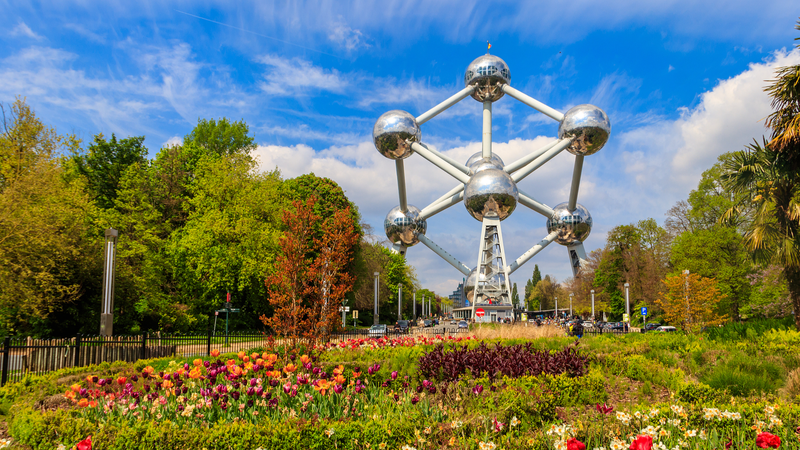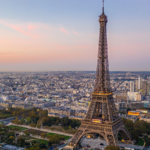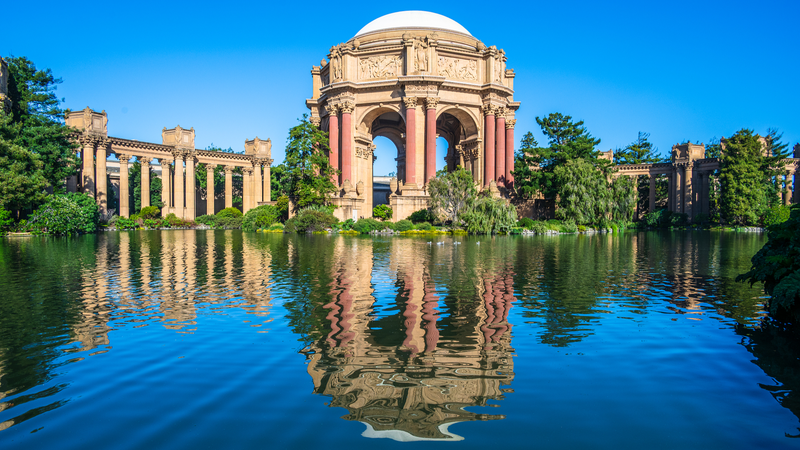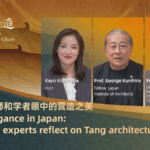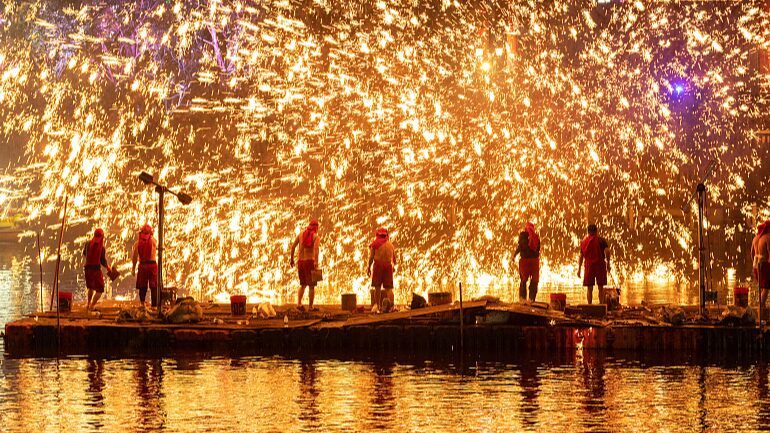If architecture is a window into the ambitions of an era, few structures capture the mid-20th century’s scientific optimism as vividly as Brussels’ Atomium. Built for the 1958 World Expo, this soaring steel-and-aluminum monument — shaped like an iron crystal magnified 165 billion times — was meant to dazzle visitors for just six months. Yet 66 years later, it remains a defining symbol of Belgium’s capital, drawing millions of travelers and design enthusiasts annually.
A Scientific Marvel Turned Cultural Icon
The Atomium’s nine interconnected spheres, linked by tubes and escalators, originally housed exhibits on nuclear energy and space exploration, themes central to the Cold War-era Expo. Today, its panoramic views and retro-futuristic aesthetic offer a tangible link to postwar innovation. As one architect remarked, 'It embodies humanity’s belief that technology could build a better future' — a vision later Expos have continued to reinterpret through their own landmarks.
World Expos as Catalysts for Global Exchange
From Dubai’s Al Wasl Dome to Shanghai’s Eco-Pavilions, World Expos have long served as platforms for architectural experimentation and international collaboration. This year’s event in Osaka, Japan, promises to spotlight advancements in sustainability and AI, reflecting 21st-century priorities. Analysts suggest these gatherings not only shape urban skylines but also influence economic trends, with host cities often seeing spikes in tourism and foreign investment.
As anticipation builds for Osaka 2025, the Atomium stands as a reminder: Expo architecture transcends concrete and steel, becoming a time capsule of human aspiration — and proof that temporary structures can leave permanent legacies.
Reference(s):
cgtn.com
